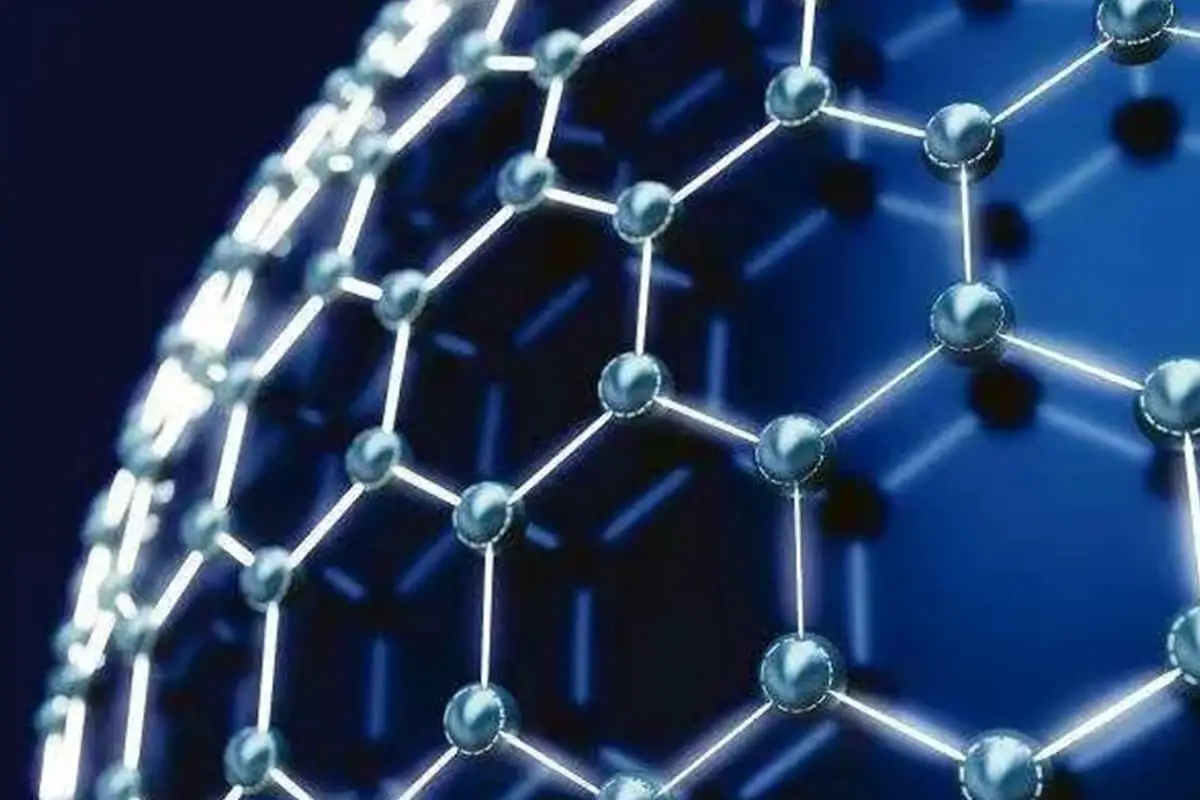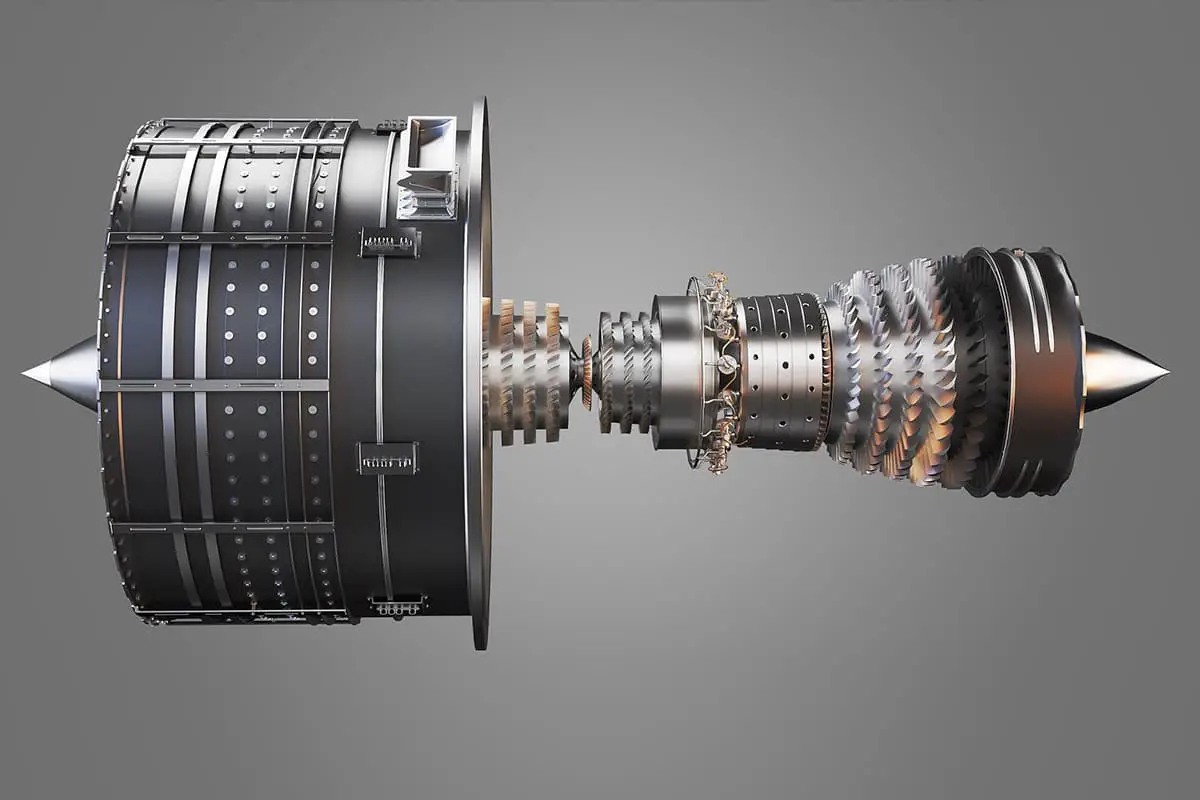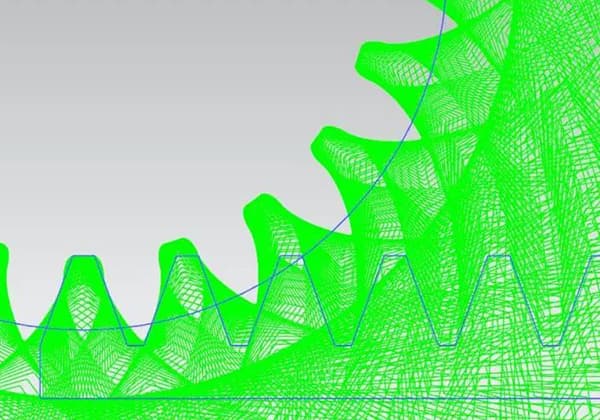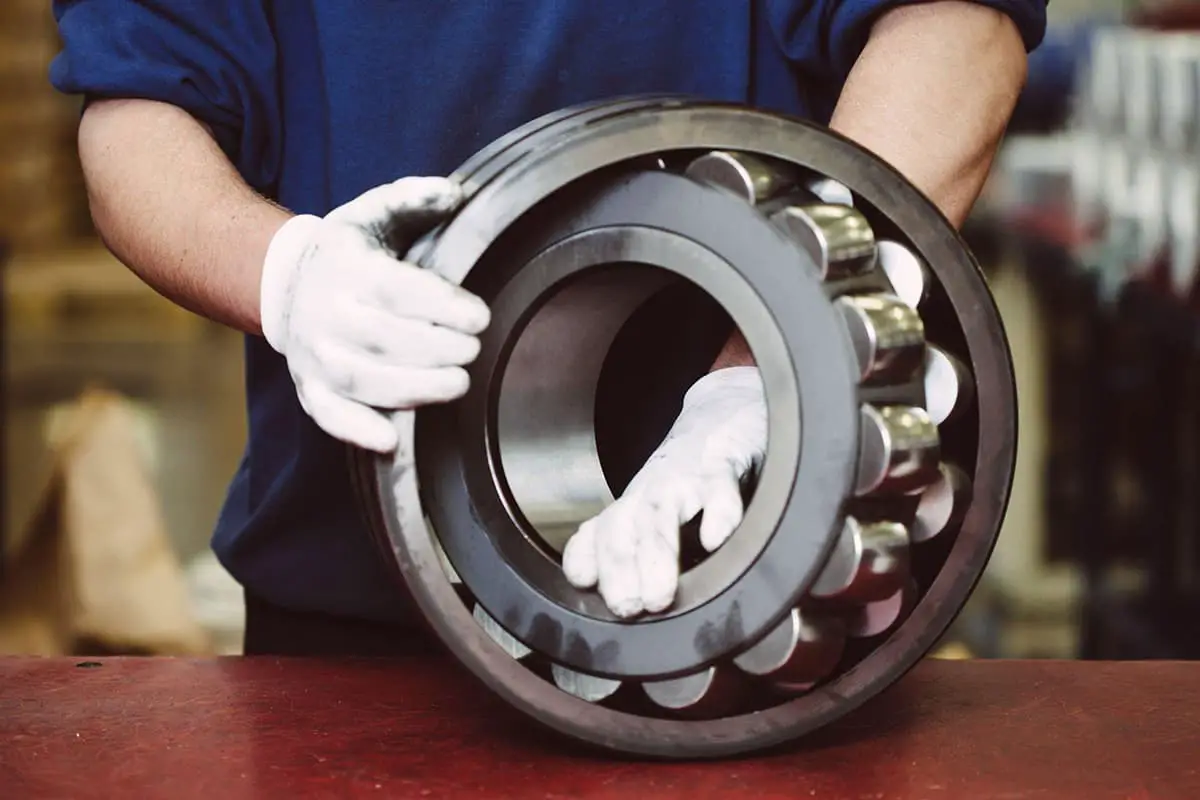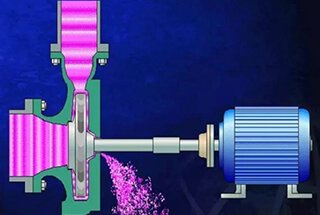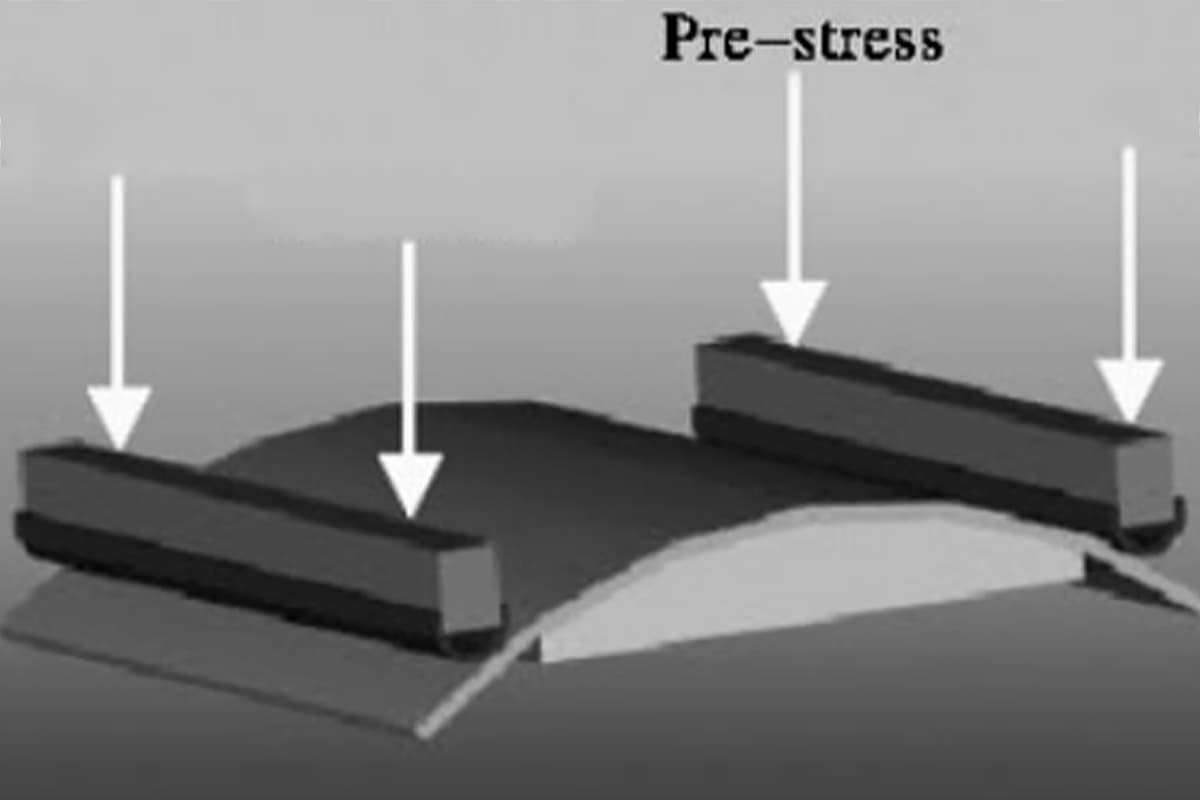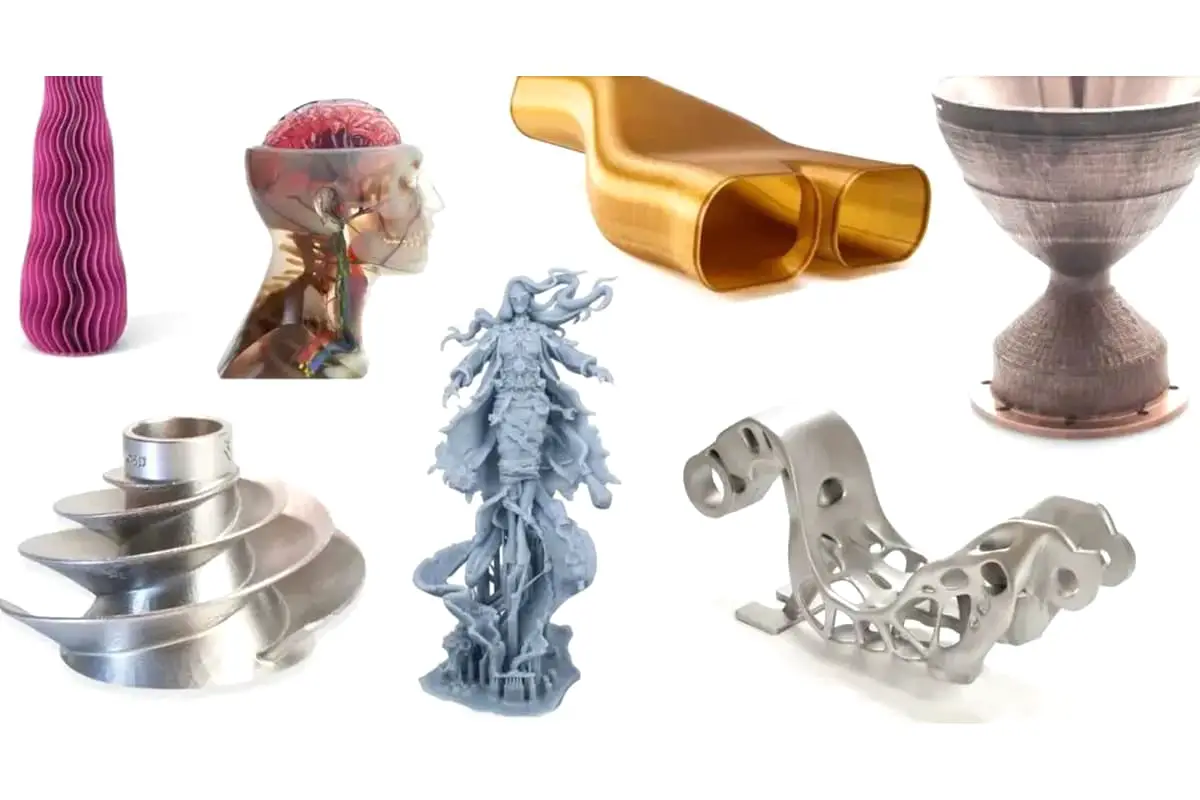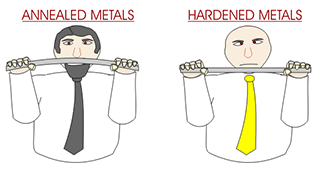
What if the future of engineering isn’t just about innovative designs, but groundbreaking materials? From optical fibers revolutionizing data transmission to superconductive materials enhancing energy efficiency, the latest advancements in engineering materials are setting new standards. This article explores seven such materials, offering insights into their properties and applications. By reading on, you’ll gain a deeper understanding of how these materials are poised to transform industries and technology as we know it.

Advanced materials refer to those recently researched or under development that possess exceptional performance and special functionalities. These materials are of paramount significance to the advancement of science and technology, particularly high-tech industries and emerging industries.
This article provides a brief introduction to some of these innovative engineering materials.

Optical fibers, abbreviated as fibers, are optical fibers used to transmit light information. As a medium for lightwave transmission, typical fibers consist of a high refractive index core and a cladding with a lower refractive index. In practical applications, hundreds or even thousands of fibers are combined into a certain type of cable structure.
For long-distance transmission, optical repeaters are required to restore the gradually diminishing light signals during transmission. The two primary characteristics of optical fibers are light loss and transmission bandwidth; the former determines the transmission distance, while the latter governs the information capacity.
The development of optical fibers is currently focused on increasing non-repeater distance, reducing loss, and advancing towards super-long wavelengths and ultra-wide frequency bands. The following are some types of optical fibers that have been developed and used:
Currently, communication fibers are primarily composed of high-purity fused quartz glass. Quartz fibers are chemically stable, have a small expansion coefficient, excellent long-term reliability, and abundant resources. However, they are somewhat brittle, and further reduction of light loss is limited.
The core material for plastic fibers can be polymethyl methacrylate (PMMA) and polystyrene (PS), with covering fiber materials that can be fluororesin in PMMA or PMMA material in PS. Plastic fibers have many advantages, such as excellent flexibility, high resistance to breakage, light weight, low cost, and simple processing.
However, due to high transmission loss, their applications are mostly concentrated in short-distance energy and image information transmission.
The most typical sulfide compound glass fiber is the As-S system, which has a high melting point and good processability.
Halide crystal fibers include single-crystal CsBr and CrI and polycrystalline TiBrI, among others. Crystal fibers demonstrate low loss over a wide wavelength bandwidth from 1 to 10 μm and can be used for CO gas laser transmission.
The promising materials for ultra-low-loss infrared fibers currently under study include fluoride zirconium (hafnium) silicate glass, fluoride aluminate glass, and fluoride glass mainly composed of thorium oxide and rare earth fluorides.
Among them, zirconium (hafnium) silicate glass is considered the most promising material for long-wavelength communication fibers, with characteristics such as a wide wavelength range of low dispersion and good processability.
Optical fibers can be used for computer information transmission, enabling the establishment of flexible, high-speed, large-scale computer networks for data retrieval, bank account transactions, futures contracts, and potentially long-distance transmission of holographic images. They can also be used to transmit high-intensity lasers and manufacture optical fiber sensors, among other applications.

In 1911, Dutch physicist Heike Kamerlingh Onnes discovered a sudden disappearance of resistance in mercury at the temperature of liquid nitrogen, 4.2K. This phenomenon is known as superconductivity, and the materials exhibiting this are referred to as superconductors.
The state when a superconductor goes into zero resistance is called a superconducting state. The temperature at which superconductivity appears is defined as the critical temperature, denoted as T, and is measured in Kelvin (K), the thermodynamic temperature scale.
It was later found that if a superconductor is cooled in a magnetic field, at the point where the material’s resistance disappears, the magnetic field lines are expelled from the conductor, a phenomenon known as perfect diamagnetism or the Meissner effect. Superconductivity and diamagnetism are the two primary characteristics of superconductors.
Superconductive materials have applications in various fields including energy, transportation, information, fundamental science, and healthcare. For instance, in power systems, superconducting power storage is currently the most efficient storage method, and the use of superconducting transmission can significantly reduce power loss.
Superconducting magnets, with their high magnetic fields, low energy loss, and light weight, can be used for magnetohydrodynamic power generation, directly converting thermal energy into electrical energy and significantly increasing the output power of generators.
The use of superconducting tunneling can create various devices characterized by high sensitivity, low noise, fast response, and low loss, suitable for electromagnetic wave detection and promoting the practicality of precision measurement and testing technologies. In computers, Josephson junction computers made of superconducting materials can perform ten high-speed calculations per second, with small size and large capacity.
The magnetic levitation effect produced between superconductors and magnetic fields can be used to create superconducting maglev trains. Additionally, the massive magnetic fields generated by superconductors can be used in controlled thermonuclear reactions.

Vibration damping alloys are functional materials that possess vibration damping capabilities while maintaining necessary structural strength. These are alloys with high internal friction, enabling rapid decay of vibrations. Depending on their damping mechanisms, vibration damping alloys can be categorized into multiphase, ferromagnetic, twinning, and dislocation types.
Multiphase alloys comprise two or more phases, generally featuring a softer second phase distributed on a harder matrix. They utilize the repeated plastic deformation of the second phase in the alloy to convert vibrational energy into frictional heat for damping.
Gray cast iron with flake graphite is the most widely used multiphase damping alloy, typically employed for machine tool bases, crankshafts, cams, and so forth. Al-Zn alloy is another typical multiphase damping alloy, used in devices like stereo amplifiers.
These alloys use the magnetostriction of ferromagnetic materials and the rotation and movement of magnetic domains during vibration to consume vibrational energy for damping. Chromium steel with a chromium content of 12% and Fe-Cr-Al based alloys are examples of ferromagnetic damping alloys, used in steam turbine blades, precision instrument gears, etc.
Twinning alloys utilize the formation of fine twinned structures during phase change, absorbing vibrational energy through the movement of twinning grain boundaries. For instance, the newly developed Mn-Cu-Ni-Fe alloy in Japan can halve the amplitude in a single vibration, suitable for engine parts, motor casings, washing machine parts, and so on.
Dislocation alloys absorb vibrational energy due to the mutual vibration between dislocations and interstitial atoms. The Mg-Zr (wZr=6%) alloy, for example, is used in gyrocompasses for guidance in missiles and in the stands of precision instruments like control devices, ensuring their normal function.
The Mg-MgNi alloy not only has excellent damping properties but also high strength and low density, making it an excellent vibration damping material for the aerospace industry.

The most dangerous failure mode of materials at low temperatures is low-temperature brittle fracture. Therefore, materials working under low temperatures need to possess excellent low-temperature toughness. Additionally, to prevent thermal deformation caused by changes between room and low temperatures, these materials should have a smaller thermal expansion coefficient and good workability.
Materials used under magnetic fields at low temperatures should typically be non-magnetic. Low-temperature metallic materials mainly include low-alloy ferritic steel, austenitic stainless steel, nickel steel, duplex steel, iron-nickel-based superalloys, aluminum alloys, copper alloys, titanium alloys, and so on.
Based on different usage temperatures, commonly used low-temperature materials can be roughly divided into the following three categories:
(1) Materials for -40 to -100℃: The low-temperature materials used in this temperature range are primarily low carbon steel and low-alloy steel, such as alloy steel with 3.5% wNi, and aluminum-killed low-carbon manganese steel 06MnVAl, with its lowest usage temperature being -130℃.
These are mainly used in petrochemical industries, refrigeration equipment, engineering structures in cold regions, gas pipelines, and low-temperature operating compressors, pumps, and valves.
(2) Materials for -160 to -196℃: The low-temperature materials used in this temperature range are primarily for the liquefied natural gas and oxygen production industries.
Types include 18-8 austenitic stainless steel, which has excellent low-temperature toughness but lower strength and larger expansion coefficient; nickel-based low-temperature steel, such as steel with 9% wNi (wc<0.1%), Ni (wNi=5%) -Mo (wMo=0.2%) steel, which have high strength, good low-temperature toughness, reliable weldability, and are increasingly used; high manganese austenitic steel 20Mn23Al, aluminum alloy 5083, etc.
(3) Ultra-low temperature materials for -253 to -269℃: These types of materials are mainly used to manufacture containers for storing and transporting liquid hydrogen and liquid chlorine, as well as parts in superconducting devices with strong magnetic fields.
The ultra-low temperature alloys that have been developed and are under research primarily include: austenitic stainless steel for ultra-low temperatures formed by adding carbon and nitrogen to the 18-8 type stainless steel base; high manganese austenitic stainless steel 15Mn26Al4; Ni (wNi=12%) -Ti (wTi=0.25%), Ni (wNi=13%) -Mo (WMo=3%) steel, and Ni-based alloys.

Contrasting with ordinary materials, the distinctive feature of shape memory materials is that they retain their deformation when stress is applied at low temperatures and does not disappear after the stress is removed. However, when heated above a certain intrinsic critical temperature, the material can fully recover to its pre-deformation geometric form, as if it remembered its original shape.
This phenomenon is known as shape memory effect. Materials exhibiting this effect are called shape memory materials. Both metal and ceramic memory materials exhibit the shape memory effect through martensitic phase transformation, while polymer memory materials show this effect due to changes in their chain structure with temperature.
Shape memory materials are primarily shape memory alloys, of which there are dozens currently in use. These can be roughly divided into:
1) Nickel-Titanium (Ni-Ti) based: Composed of nickel and titanium at an atomic ratio of 1:1, these alloys have superb shape memory effects, high heat resistance, corrosion resistance, strength, and unparalleled thermal fatigue resistance along with excellent biocompatibility. However, the high cost of raw materials and difficult manufacturing processes make them expensive and challenging to machine.
2) Copper-based: Copper-based alloys are inexpensive, easy to produce, have good shape memory effects, low resistivity, and good machinability. However, the shape recovery rate decreases with long-term or repeated use, which is a problem that needs to be addressed. The most practical copper-based alloys are Cu-Zn-Al, with others including Cu-Al-Mn and Cu-Al-Ni.
3) Iron-based: Iron-based shape memory alloys have high strength, good plasticity, and are inexpensive, gradually gaining attention. The iron-based memory alloys currently under development and research mainly include Fe-Mn-Si and Fe-N-Co-Ti.
Recently, the shape memory effect has been discovered in ceramic materials, polymer materials, and superconducting materials, each with their unique characteristics, further broadening the application prospects of memory materials.
Shape memory materials have been widely applied in aviation, aerospace, machinery, electronics, energy, medical fields, and daily life. For example, an American aviation company used the shape memory effect to solve the connection problem of difficult-to-weld oil pipes on the F-14 fighter jet.

Hydrogen, being a pollution-free energy source and abundantly available on Earth, is expected to be a primary energy source in the future. However, hydrogen storage poses a significant challenge. A functional material that can absorb and store hydrogen in the form of metal hydrides and release the stored hydrogen when necessary is referred to as a hydrogen storage material.
Hydrogen storage materials absorb hydrogen to form metal hydrides and release heat upon cooling or pressurization. Conversely, they revert to metal and hydrogen, releasing hydrogen gas and absorbing heat upon heating or depressurization. The hydrogen density in hydrogen storage materials is 1000 to 1300 times that of gaseous hydrogen.
Currently, the main hydrogen storage materials under study and development include:
Magnesium-based: These materials have a large hydrogen storage capacity and are low-cost. The downside is that they need temperatures above 250°C to release hydrogen. Examples include Mg2Ni, Mg2Cu, etc.
Titanium-based: Titanium-based hydrogen storage alloys have a large hydrogen absorption capacity, are easily activated at room temperature, are low-cost, and suitable for large-scale applications. Examples include binary alloys such as titanium-manganese, titanium-chromium, and ternary and multielement alloys like titanium-manganese-chromium, titanium-zirconium-chromium-manganese, etc.
Zirconium-based: Characterized by excellent hydrogen storage properties even at temperatures above 100°C, they can absorb and release large amounts of hydrogen quickly and efficiently, making them suitable for high-temperature hydrogen storage materials. Examples include ZrCr2, ZrMn2, etc.
Rare earth-based: Rare earth hydrogen storage alloys, represented by lanthanum nickel alloy LaNi, have good hydrogen absorption properties and are easily activated. They release hydrogen quickly at temperatures above 40°C, but their cost is relatively high.
To reduce costs and improve performance, mixed rare earth can replace lanthanum, or other metal elements can partially substitute the multielement hydrogen storage alloy formed by mixed rare earth and Ni.
Iron-based: The most typical iron-based hydrogen storage alloy is iron-titanium alloy. It has excellent hydrogen storage properties and is low-cost, but activation is relatively difficult.

Materials in nature can be classified into three types based on their magnetic properties: diamagnetic, paramagnetic, and ferromagnetic. Magnetic materials are substances that possess ferromagnetism.
Magnetic materials are essential in industries such as electronics, power, electric motors, instrumentation, and telecommunications. Based on their magnetic properties, magnetic materials can be categorized into soft magnetic materials and hard magnetic materials.
Soft magnetic materials are those that are easily magnetized under an external magnetic field and demagnetize readily when the external field is removed. They are characterized by high permeability, high magnetic induction strength, low coercivity, and minimal energy loss during magnetization and demagnetization.
There are many types of soft magnetic materials, with the most common ones being electrical pure iron, silicon steel sheets, Fe-Al alloys, Fe-Ni alloys, and ferrite soft magnetic materials.
Hard magnetic materials, also known as permanent magnetic materials, are those that can generate a magnetic field without external power supply once magnetized.
These materials are characterized by considerable coercivity and residual magnetism, and are widely used in magnetoelectric instruments, speakers, permanent magnet generators, and communication devices.
The hard magnetic materials currently in use and under study can be roughly divided into metallic hard magnetic materials, ferrite hard magnetic materials, rare earth hard magnetic materials, and neodymium-iron-boron hard magnetic materials.
In addition, there are some magnetic materials for special purposes, such as magnetic memory materials for information recording (manufacturing magnetic tapes, magnetic disks, etc.), materials used for recording heads, memory magnetic materials in electronic computers, and magnetic compensation materials in precision instruments.

